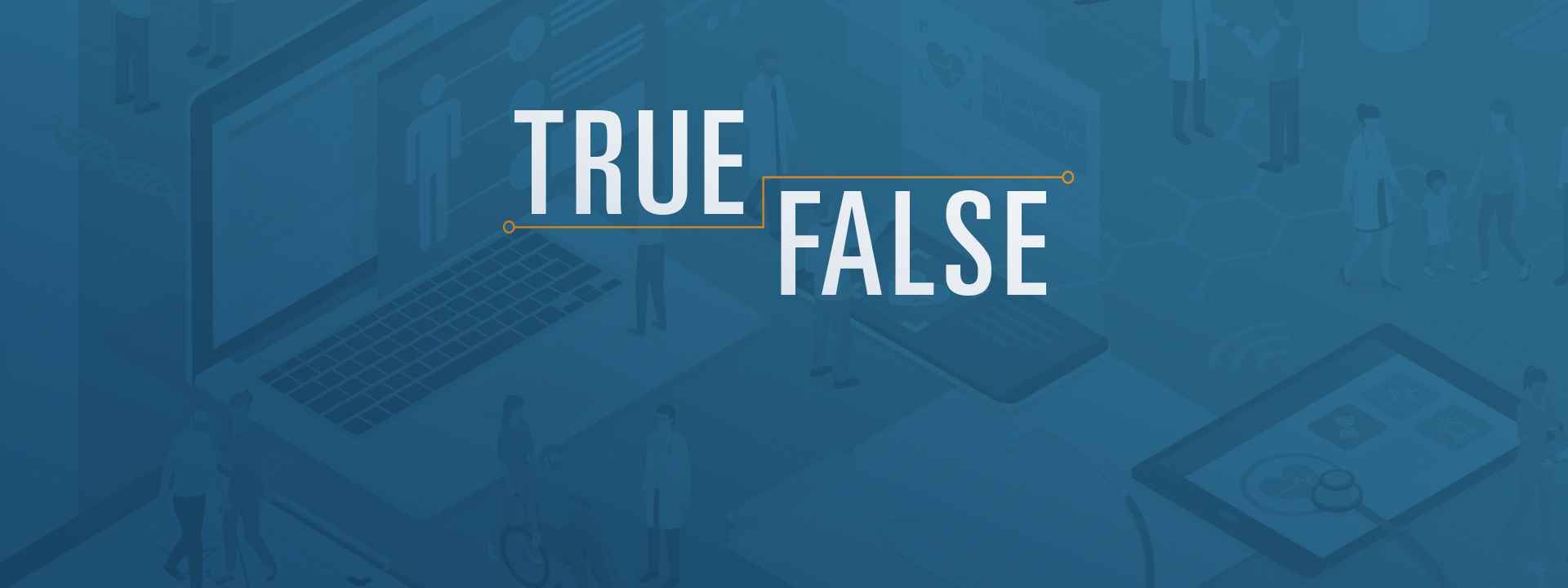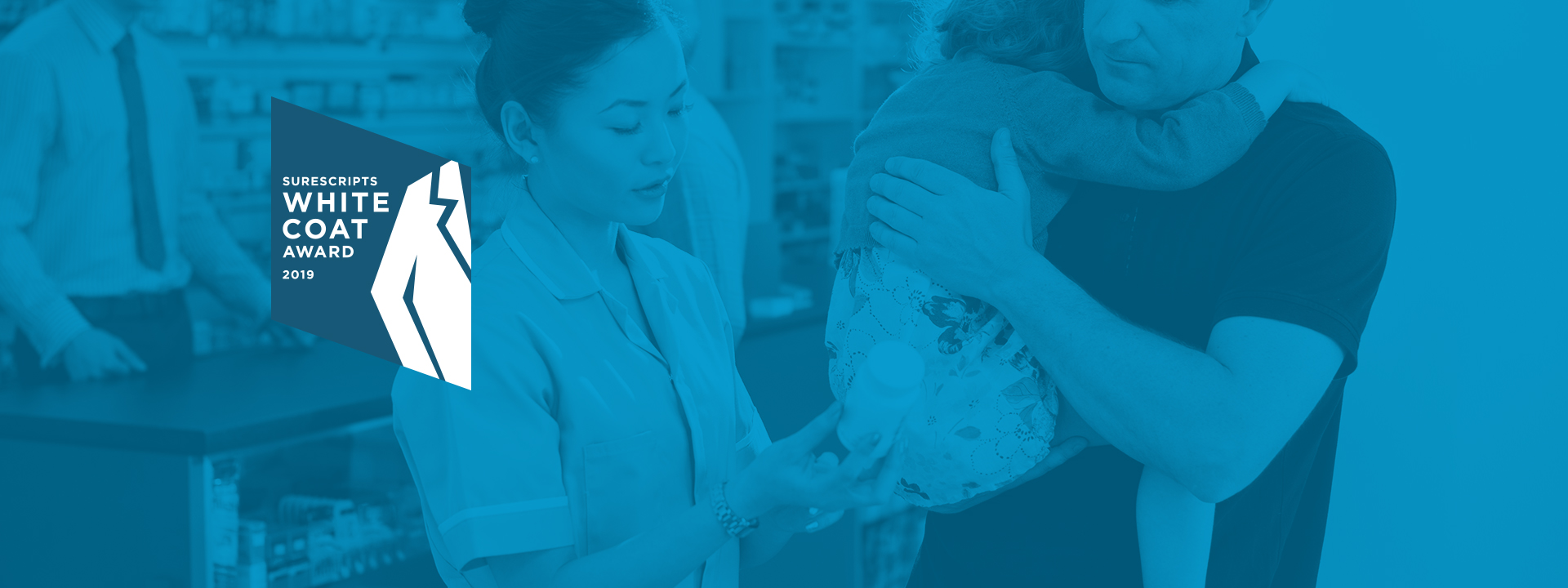Imagine that the treatment you received in a Boston ER for a concussion—the one you sustained while playing pickup basketball—could be visible to the urgent care physician you saw weeks later while away on business, the one you had to see because you were experiencing blurred vision and headaches? And maybe a few months later, after you’ve moved to the west coast for work, and you’re still having bad headaches, you seek out a new primary care doctor. What if she could easily pull your records from any of these previous care settings and get a more complete picture of your health? She’d be able to connect the dots from concussion to blurred vision to debilitating headache, resulting in more informed care decisions and better health for you.
Americans are mobile people. And because we’re mobile, it can be challenging for clinicians to get a holistic view of our care histories, especially if we’ve changed jobs and insurance plans or moved from one state to another or visited the ER while on a business trip. Sometimes the complicating factor has nothing to do with mobility, but with knowledge. According to this survey, 63% of Americans have no idea where their health data is stored. Getting that complete picture is made even more complicated by the very nature of U.S. healthcare. It’s fragmented. A study of Medicare beneficiaries found that patients saw a median of seven different healthcare providers across four different practices in a two-year period. Another study found that 1 in 10 emergency department patients had been seen at a different hospital within the past 12 months alone.
And while care is more fragmented, it’s also more complex, especially for an aging American population that’s experiencing more chronic conditions than ever before. At critical points of care, providers need to quickly see what kind of treatment patients have received. And where. This isn’t a nice to have. Sometimes it can truly be a matter of life and death.
The good news: Over the last year, as revealed in our recent impact report on clinical interoperability, thousands of healthcare organizations have been helping providers pull patient records from across the country at those critical points of care. How? By using Surescripts Record Locator & Exchange. So in the spirit of celebration, we’ve written up a little quiz that includes a provider quote, a few stats and some scenarios where the exchange of clinical information may have occurred – and profoundly impacted patient care. Can you guess whether the following “stories from the field” are true or false?
- When clinicians used Record Locator & Exchange to review records for a new transplant candidate with lupus, they discovered she had an undisclosed blood clot in her heart and added blood-thinning medication to her treatment plan.
- A Connecticut health system used Record Locator & Exchange to gain insights into more than 600 summaries of historical patient visit locations. (Ok, we’re going to tip you off. That’s actually false. The real number was 6.8 million summaries!)
- A primary care physician saw a patient who had visited the ER while traveling out of state but didn’t know the name of the hospital he’d visited or the diagnosis he was given. Through Record Locator & Exchange, the physician found the hospital, accessed CT scan results from his visit and realized he urgently needed to see a lung cancer specialist for further treatment.
- The number of clinicians using Record Locator & Exchange doubled in 2018. It grew from 500 to 1000. (Another false one. More than 100,000 used the clinical information technology, a growth of 105%.)
- An associate chief medical officer from a major health system said: “Record Locator & Exchange is turbocharging the information we receive about patients as we’re seeing them. It just makes it really easy to do the right thing.”
Take a look at the 2018 Impact Report: Clinical Interoperability to check your guesses and learn more.


 Dean Riggott Photography
Surescripts
Dean Riggott Photography
Surescripts






